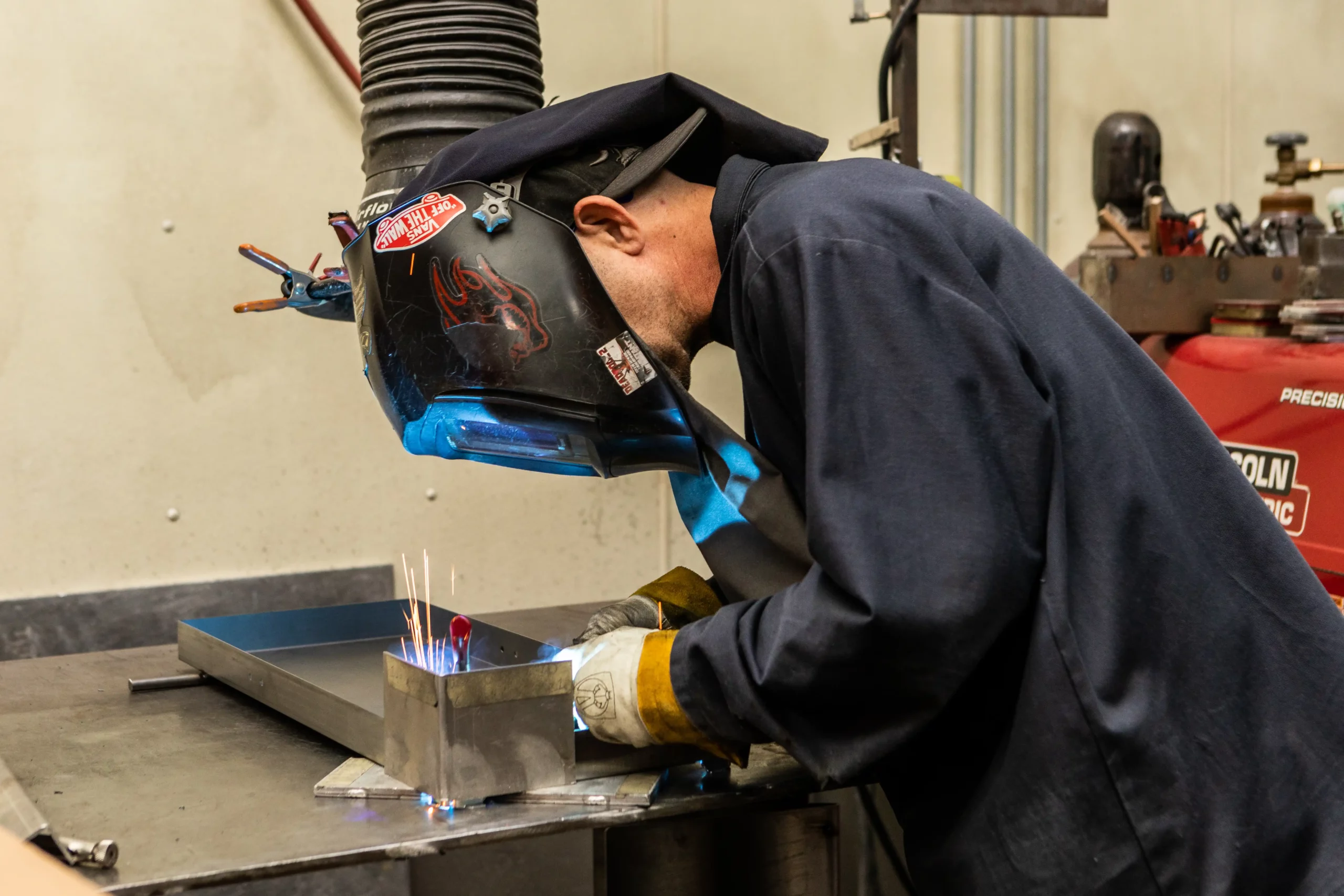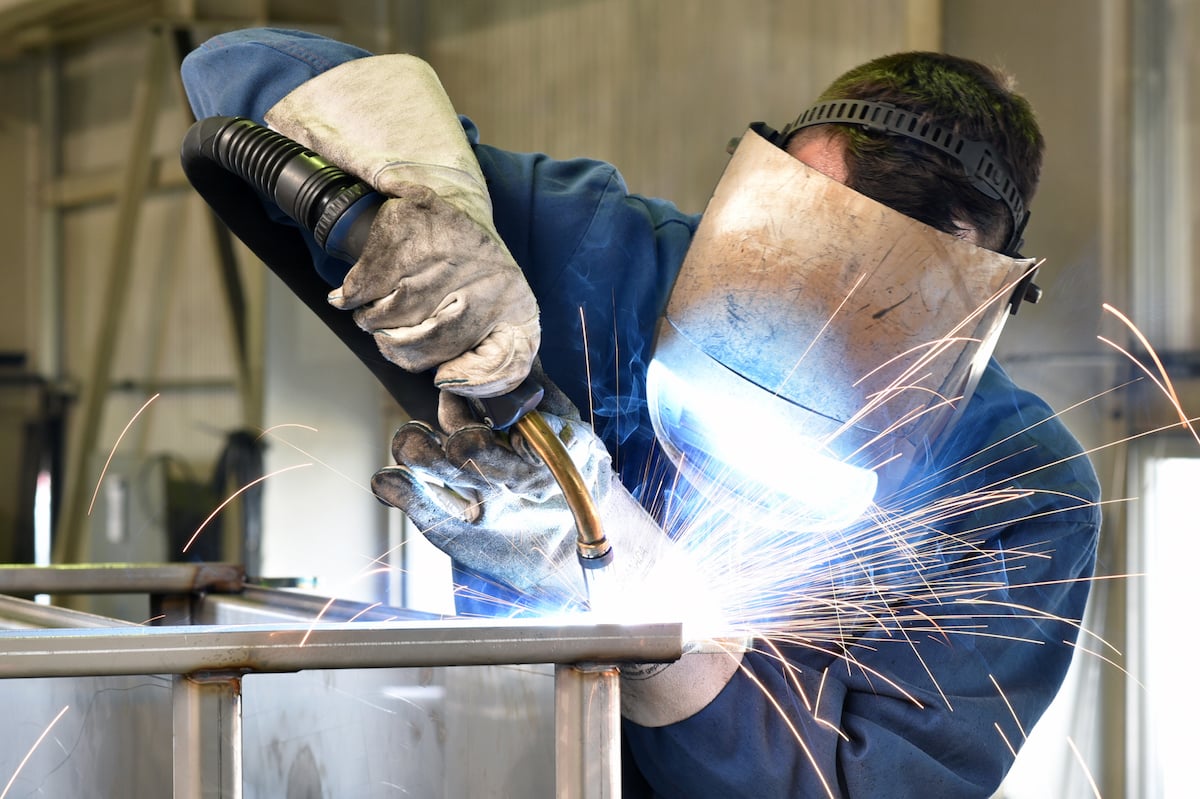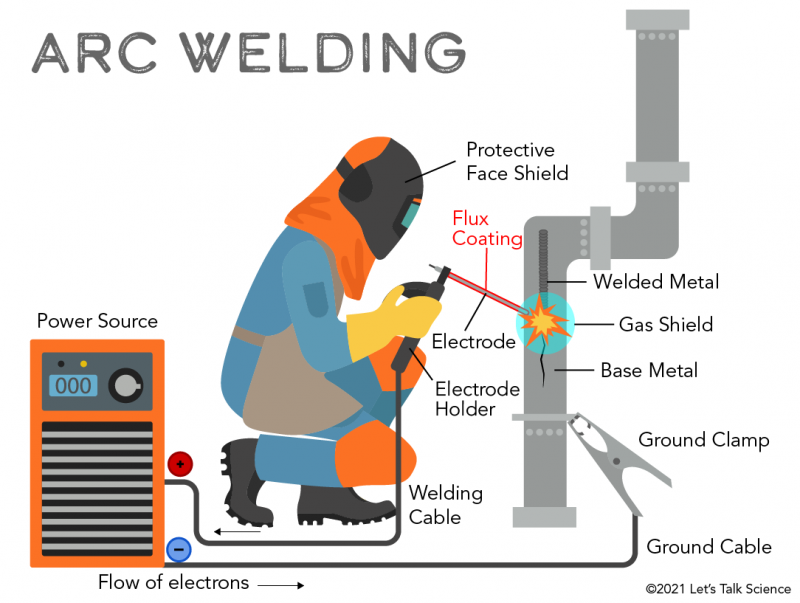Welding WPS: Usual Errors to Prevent and Exactly How to Correct Them
The Ultimate Overview to Welding WPS Procedures: A Thorough Introduction for Welders
In the intricate world of welding, Welding Treatment Specifications (WPS) function as the foundation of ensuring quality, consistency, and safety and security in welding procedures. Understanding the subtleties of developing, implementing, and keeping an eye on WPS treatments is essential for welders seeking to boost their craft and meet industry standards. As we look into the different parts of a WPS and discover the intricacies of certification and accreditation, we will certainly reveal the essential duty these procedures play in the realm of welding. Let's get started on a journey to unwind the intricacies and value of WPS treatments in welding techniques.
Relevance of WPS Procedures
Recognizing the relevance of Welding Procedure Specifications (WPS) procedures is crucial for ensuring the top quality and honesty of welded structures. WPS treatments function as a roadmap for welders, laying out the needed actions, criteria, and materials required to attain an audio weld. By adhering to WPS standards, welders can guarantee consistency in their job, resulting in structurally audio and dependable welds.
One of the key reasons why WPS procedures are necessary is their duty in preserving weld quality and integrity. Complying with the defined welding parameters and methods detailed in the WPS aids prevent problems such as porosity, splitting, or incomplete combination, which can endanger the toughness and resilience of the weld.

Elements of a WPS
A Welding Treatment Spec (WPS) commonly comprises necessary components that detail the specific needs for carrying out a weld, ensuring consistency and quality in the welding procedure. The crucial components of a WPS consist of necessary variables such as base metals, filler metals, interpass and preheat temperatures, welding procedures, protecting gases, welding positions, and post-weld warmth treatment needs.
Base steels refer to the products being joined, while filler steels are made use of to fill up the void between the base steels during welding. Preheat and interpass temperature levels are important for controlling the warm input and avoiding concerns like breaking or distortion. The welding process lays out the particular method to be used, whether it's gas steel arc welding (GMAW), shielded metal arc welding (SMAW), or an additional technique. Securing gases safeguard the weld swimming pool from climatic contamination. Welding positions specify the alignments in which welding can be carried out. Post-weld warmth treatment might be essential to ease stresses and enhance the weld's properties. A complete understanding of these components is vital for producing a effective and detailed WPS.

Credentials and Certification
Having established the vital elements of a Welding Treatment Specification (WPS), the focus now moves in the direction of the critical aspects of qualification and certification in welding methods.

Accreditation, on the various other hand, is the formal acknowledgment of a welder's credentials by an appropriate qualification body or organization. Welding qualifications are generally based upon the specific welding processes, products, and positions a welder is qualified to function with. Holding a legitimate welding certification shows that a welder fulfills sector criteria and is competent to carry out welding jobs to the required specifications.
Developing a WPS
To develop a Welding Procedure Specification (WPS) that meets industry requirements, cautious factor to consider of welding processes, materials, and functional criteria is essential. The first step in creating a WPS is to identify the welding process to be used, such as gas metal arc welding (GMAW) or secured steel arc welding (SMAW)

Applying and Checking WPS
Upon finalizing the extensive Welding Procedure Specification (WPS) that carefully details welding processes, materials, functional criteria, and high quality assurance steps, the focus shifts to efficiently executing and keeping an eye on the well established treatments. Application includes making sure that all welders included in the job know with the WPS and follow it carefully during the welding process. This calls for giving sufficient training and guidance to guarantee adherence to the defined treatments. Keeping an eye on the WPS includes continuous oversight to helpful site verify that welding tasks line up with the recorded requirements. Examinations, testing, and high quality control actions are crucial parts of the tracking process to recognize any kind of variances or issues quickly. Normal audits and evaluations of the welding treatments help in keeping consistency and quality throughout the task. Efficient implementation and surveillance of the WPS are important for ensuring the honesty, stamina, and safety of the bonded joints, ultimately adding to the overall success of the welding task.
Final Thought
To conclude, understanding and adhering to Welding Treatment Specifications (WPS) is vital for welders to ensure high quality, uniformity, and safety and security in their work. By understanding the parts of a WPS, acquiring appropriate credentials and qualifications, creating comprehensive treatments, and applying and monitoring them effectively, welders can improve their abilities and effectiveness in welding techniques. Complying with WPS procedures is important for creating high-grade welds and conference sector standards.
In the intricate world of welding, Welding Procedure Specs (WPS) offer as the foundation of making sure top quality, uniformity, and safety and security in welding procedures. The welding procedure details the details strategy to be made use read review of, whether it's gas steel arc welding (GMAW), secured steel arc welding (SMAW), or an additional approach.To establish a Welding Treatment Spec (WPS) that satisfies market requirements, cautious consideration of welding processes, materials, and functional parameters is vital. The very first step in producing a WPS is to identify the welding process to be used, such as gas steel arc welding (GMAW) or secured steel arc welding (SMAW)Upon settling the detailed Welding Procedure Specification (WPS) that meticulously details welding procedures, products, operational parameters, and top quality guarantee measures, the emphasis shifts to successfully applying and monitoring the well-known treatments.